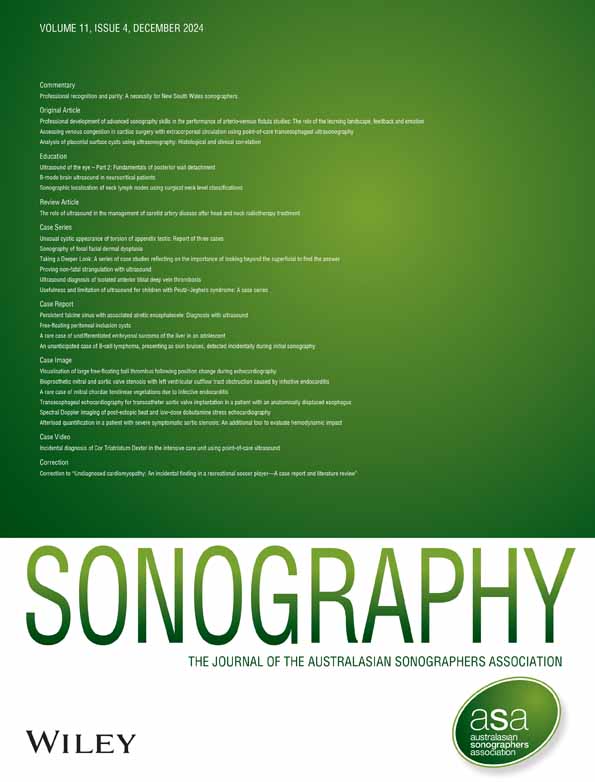The role of ultrasound in the management of carotid artery disease after head and neck radiotherapy treatment
Abstract
Head and neck cancers (HNC) are a significant cause of morbidity and mortality globally. Radiotherapy (RT) is used heavily in the treatment of HNCs and has undergone rapid development since the 1980s which has led to increased survival rates in this patient group. Carotid artery stenosis and an increased incidence of stroke and transient ischaemic attack (TIA) have all been repeatedly described as a side effect of head and neck RT with vascular fibrosis implicated in its pathogenesis. The appearance of RT induced carotid stenosis displays a different phenotype to typical atherosclerotic plaque which can be appreciated both in histology samples and on ultrasound imaging. Ultrasound may also have a role to play in screening HNC patients who undergo RT to identify those at risk of suffering cerebrovascular events.
CONFLICT OF INTEREST STATEMENT
The author declares no conflicts of interest.




